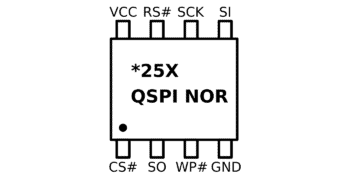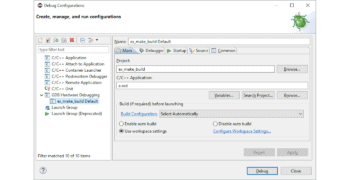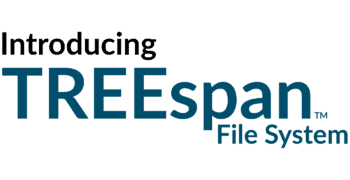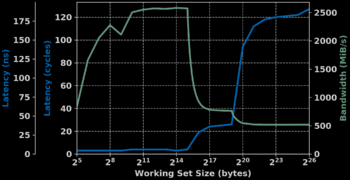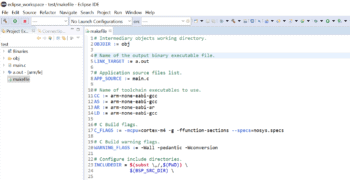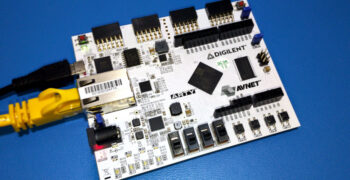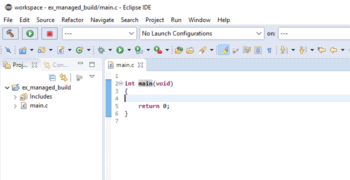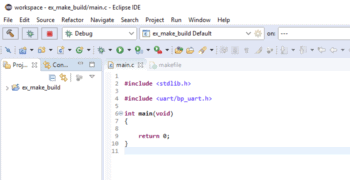QSPI NOR Flash Part 2 – Memory Organization
In this article we’ll leave the package attributes behind to focus on the internal features of QSPI devices, starting with the memory organization. This article will cover the overall capacity, multi-stack devices as well as the memory map organization units such as pages, blocks and sectors.

